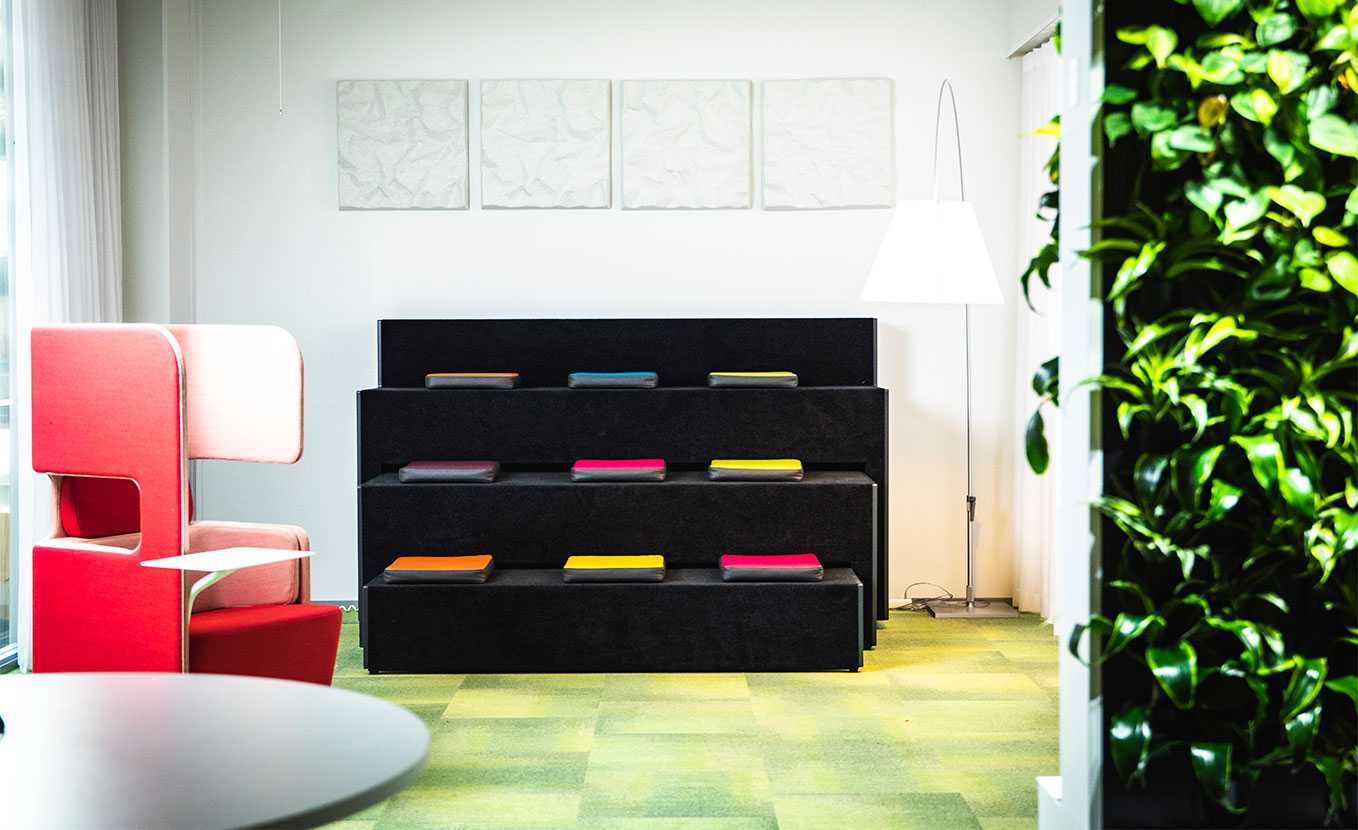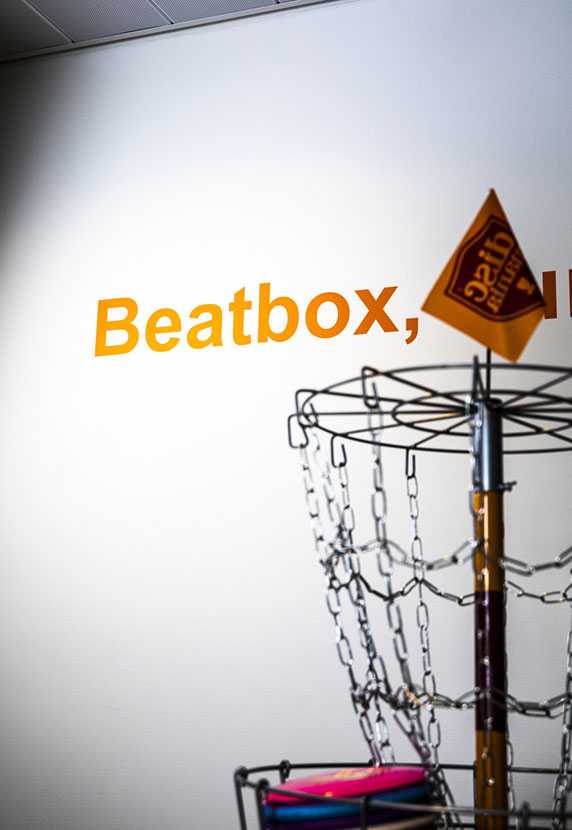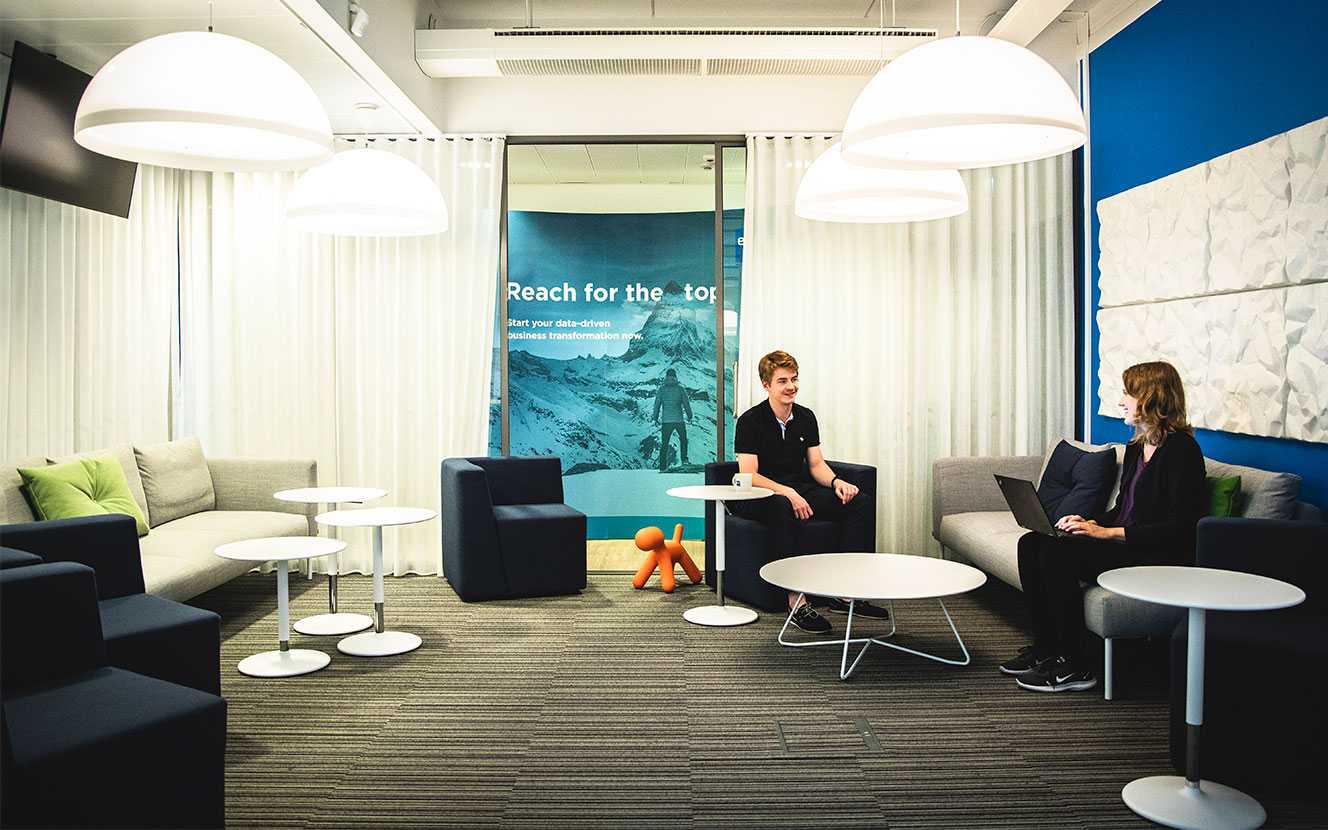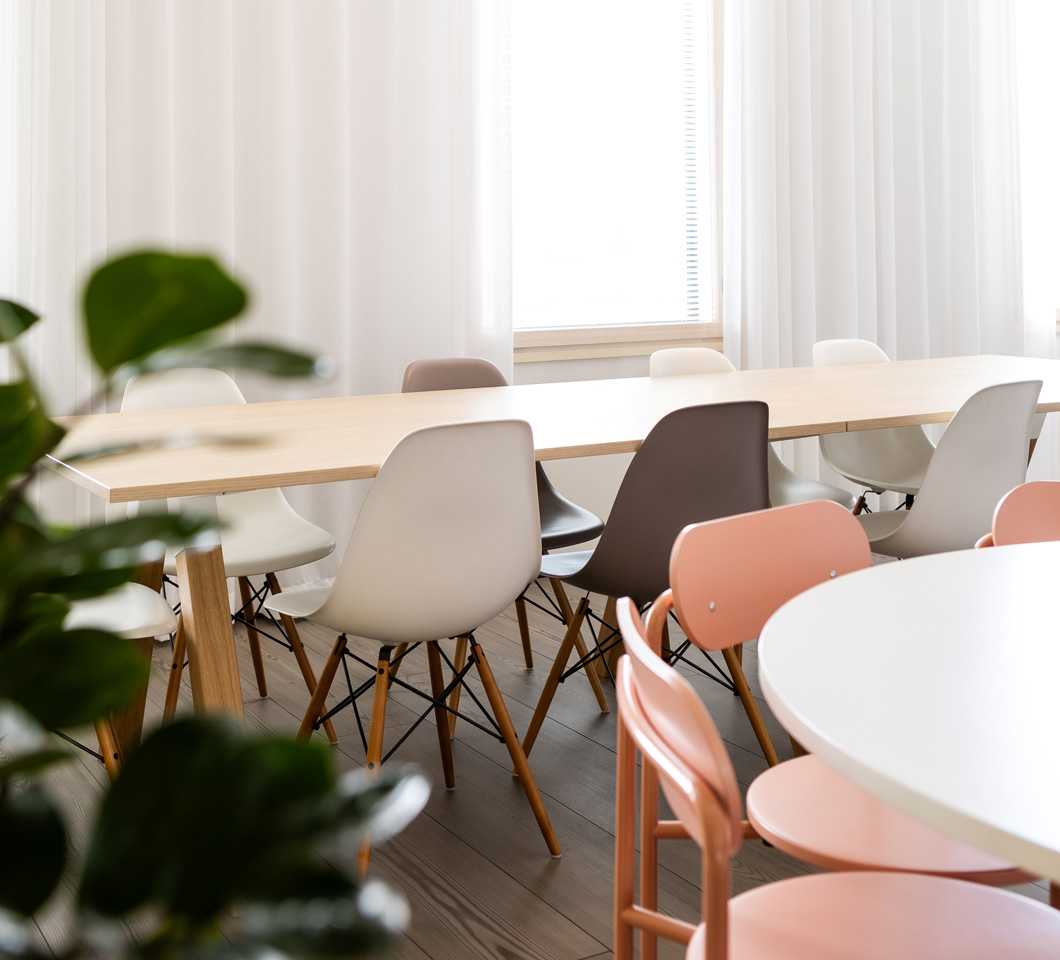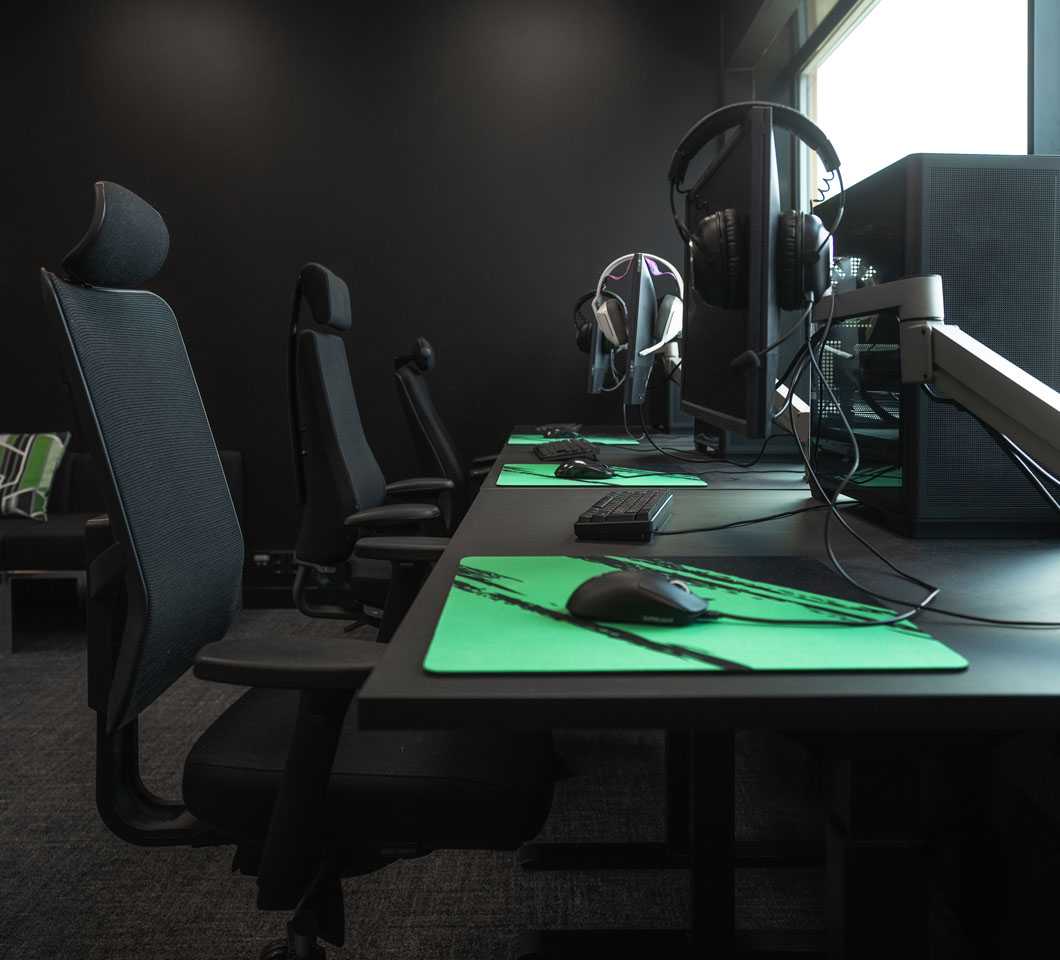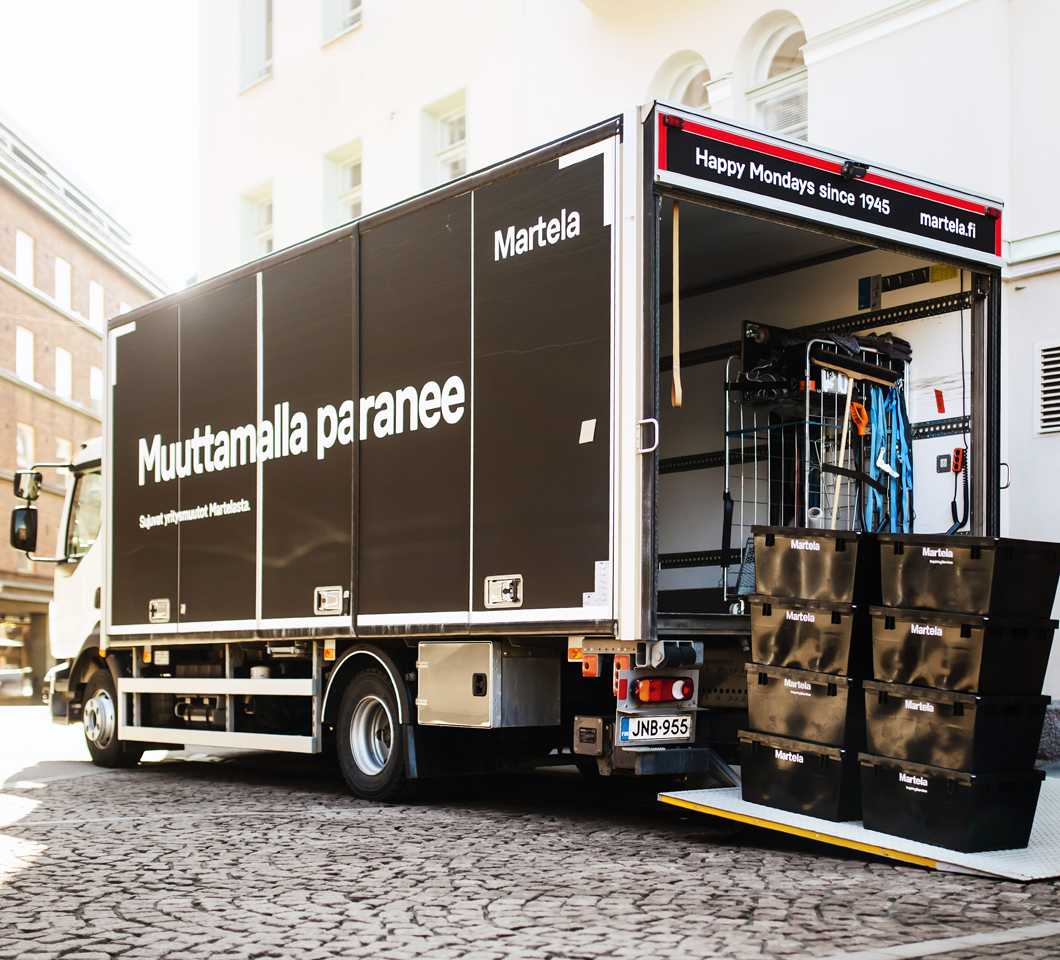Creating a user-centric and responsible workplace
The lease agreement on Enfo’s office in Espoo was ending in summer 2019, so the management started to weigh up the alternatives. As there was a lot of unused space at the office, a decision was made to review the situation using Martela’s workplace survey. Martela had already carried out previous workplace development projects for Enfo in Espoo and Kuopio. The survey showed that the office’s utilisation rate was low, so the decision was made to reduce the amount of space and cut unnecessary costs. Another target was to create a responsibly implemented workplace that would support various types of work and situations.
Changing the workplace and ways of working
Early on in the project it became clear that the development would also allow changes to be made in Enfo’s work culture. The management held a target workshop to decide on the parameters and targets for the development project. A common vision for the premises and direction for the change were formed during the workshop. It was important for the involvement of the employees and the communications to be done properly to ensure that the transformation would be implemented in reality.
At Enfo it was important for the spaces to be developed in a user-centric way, and the company understood that changes in the ways of working would result in the need to change the workplace also in the future. To ensure a constantly optimal workplace for the employees, Enfo chose the Workplace as a Service (WaaS) option. This felt like a natural choice for an IT service company. The service is flexible and means the company only pays for what it needs.
The results of the workplace survey showed that the greatest need for development was in supporting peaceful workspaces and the information flow and interaction between teams. Zones for different ways of working were planned for the user-centric activity-based office and, in particular, more suitable spaces for making telephone calls and holding Skype meetings. Existing re-upholstered furniture was used in the implementation and unnecessary furniture was recycled for new users.
Continuously evolving workplace as a service
The employees have enthusiastically embraced the new premises. Particular attention was paid to communications and employee involvement during the project, which has also helped to make the implementation of the spaces more efficient. The Workplace as a Service model allows improvements and updates to be made flexibly as needs change. The spaces are now maintained regularly and the furniture and interior design are optimised as necessary.
“The employees were able to have an impact on the solutions selected during the project and this will be the case also in the future. It is important to react to the employees’ needs,” says Miisa Helenius, who was in charge of the transformation. The NPS survey that was carried on the employees at the Espoo office after the project produced the best results of the year.




